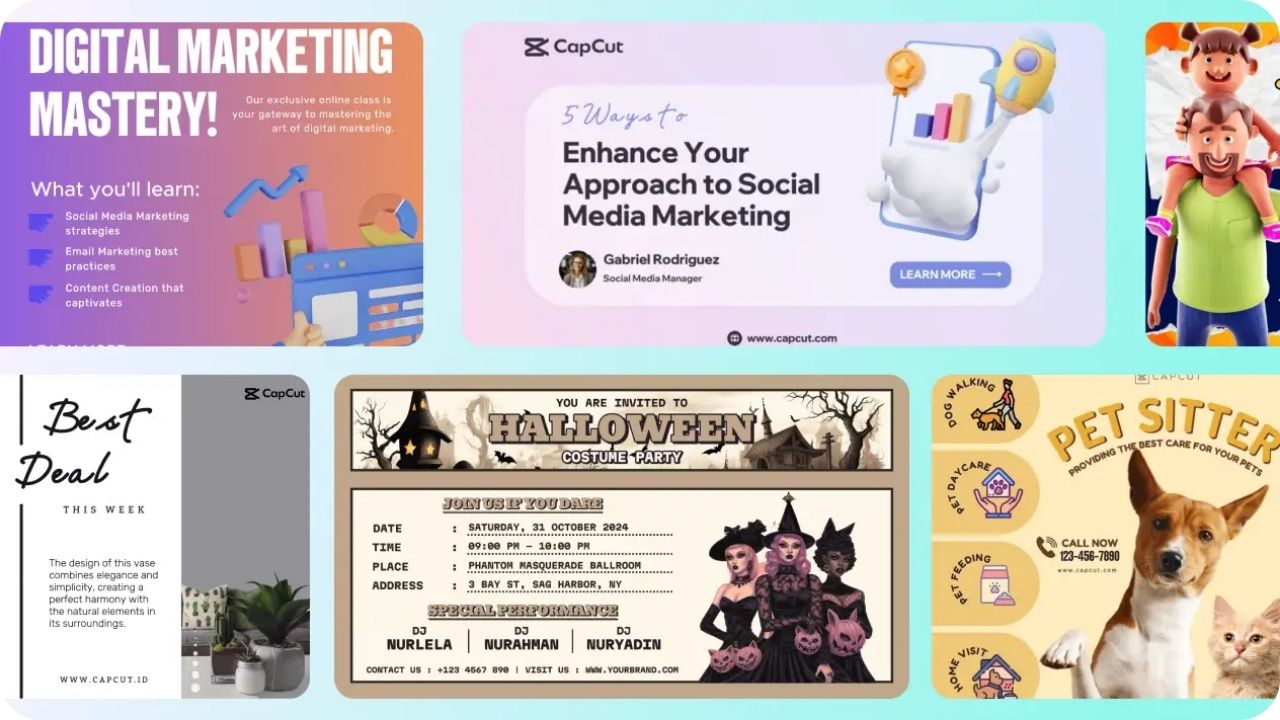The media kit is a method used by brands, creators, and businesses to introduce themselves professionally in a clear manner. It is an all-in-one package of information that tells you who they are, what they can do, and why a person should work with them. Nowadays, in the era of the Internet, a properly composed media kit simplifies the process of cooperation and leaves a good impression. Designing media kit examples that appear clean and professional is easy with simple tools offered by platforms like Pippit without having to possess advanced design skills.
About the Brand
The introduction of a brand needs to be the first component of a media kit. This is typically a brief description, mission, and values. It provides prospective partners or customers with a brief idea of what the brand is about and what makes it distinctive. By maintaining this segment simple and easy to read, this will establish the appropriate tone for the start.
Contact Information
One of the most significant parts of any media kit is the availability of clear contact information. It must include an email address, a web address, and links to social media. This makes it easy for anyone who would like to work with the brand to contact them easily. Some kits give a business phone number or office address, where applicable.
Audience Insights
The media kits, particularly those of the influencers and content creators, are important to share information about the audience. This section usually contains the number of followers, age groups, geography, and engagement figures. These insights demonstrate to potential partners the audience that the brand is reaching and whether the audience is relevant to their objectives. Programs such as Pippit can assist in this information in easy-to-read visuals.
Services or Offerings
A good media kit should outline the services offered. For businesses, this might include product categories or packages. In the case of creators, it may point to sponsored posts, reviews, or events. By providing these offerings in an easy-to-read list, the brand demonstrates to prospective partners how co-operation can take place.
Past Work and Case Studies
Examples of past projects can build trust. Adding photos, the names of clients, or brief case studies will make it easier to prove experience and credibility. This area can be particularly helpful in demonstrating performance, e.g., more engagement or sales of a prior campaign. A brief outline of success stories can go a long way in the reception of a media kit.
Testimonials and Reviews
It can be supplemented with testimonials of former customers or vendors to add another level of credibility. There are testimonials that demonstrate that other people had good experiences working with the brand. The endorsement of a satisfied client can be as simple as a couple of short sentences and enhance the whole picture of a media kit.
Conclusion
A credible media kit consists of concise information, captivating images, and evidence of authority. Brand details, contact information, audience insights, and past work all contribute to the important aspects of generating trust. A media kit can create opportunities and new partnerships by introducing this information in a straightforward and properly structured manner. The use of such tools as Pippit makes it easier to design a professional and well-organized media kit for anyone willing to make a difference.

